
Find Help
More Items From Ergsy search
-

What are the symptoms of measles?
Relevance: 100%
-

What are the symptoms of measles?
Relevance: 100%
-

Measles
Relevance: 82%
-

Is there a treatment for measles?
Relevance: 78%
-
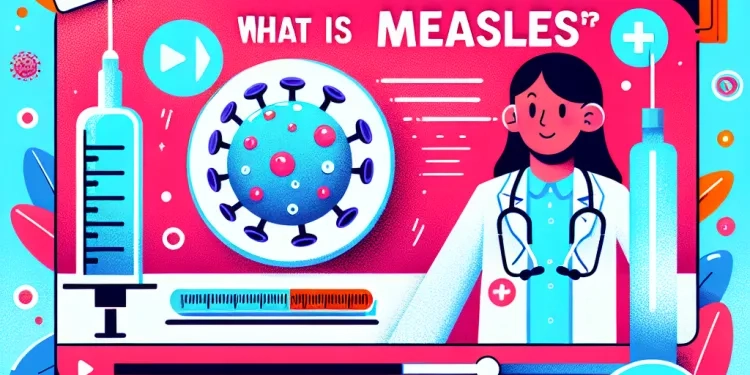
What is measles?
Relevance: 78%
-

Is there a treatment for measles?
Relevance: 78%
-

Is Rubella the same as measles?
Relevance: 75%
-

Can adults get measles?
Relevance: 72%
-

Can measles be serious?
Relevance: 71%
-

Are measles outbreaks common in the UK?
Relevance: 71%
-

How is measles transmitted?
Relevance: 70%
-

What should I do if I suspect I have measles?
Relevance: 70%
-

How is measles transmitted?
Relevance: 69%
-

Are measles more common outside of the UK?
Relevance: 68%
-
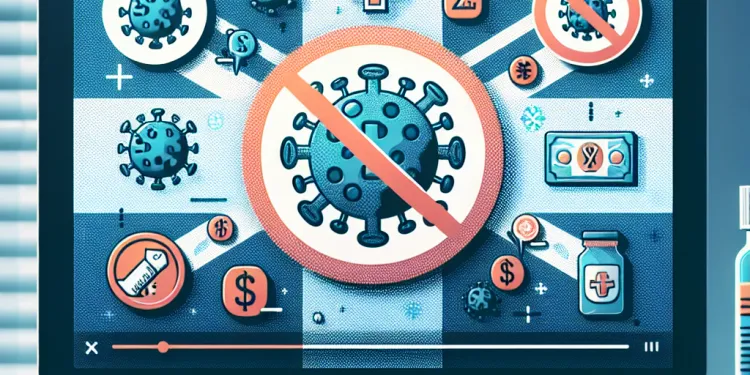
How can measles be prevented?
Relevance: 68%
-

Why is measles less common in the UK?
Relevance: 67%
-

What should you do during a measles outbreak?
Relevance: 67%
-

Can measles cause complications?
Relevance: 66%
-
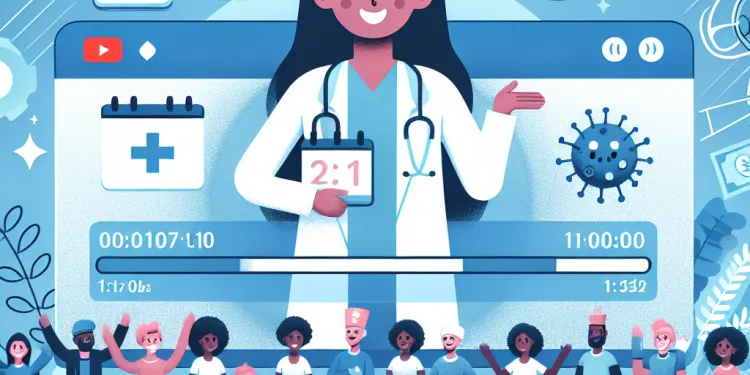
How long is a person with measles contagious?
Relevance: 66%
-

Why are measles outbreaks still occurring?
Relevance: 65%
-

What is the current measles vaccination coverage in the UK?
Relevance: 64%
-

Which countries have higher rates of measles?
Relevance: 64%
-

Is it necessary to get a measles vaccine before travelling?
Relevance: 63%
-

What should you do if you suspect you have measles?
Relevance: 63%
-
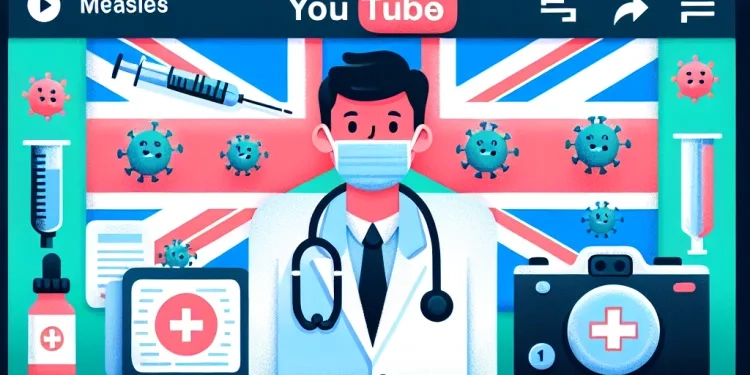
Can you get measles more than once?
Relevance: 62%
-
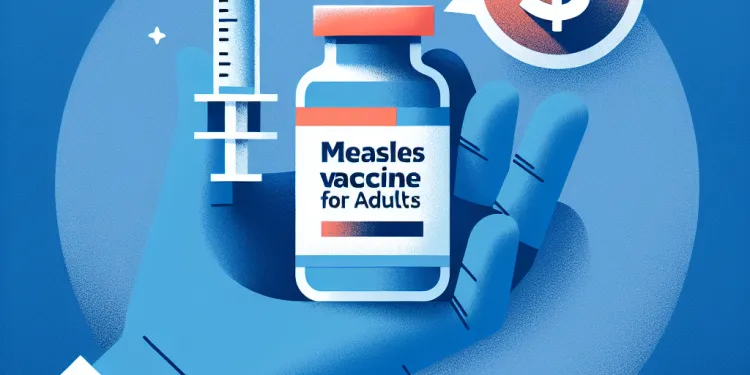
Can the measles vaccine be given to adults?
Relevance: 62%
-

How does vaccination affect measles rates?
Relevance: 61%
-

What are the symptoms of Rubella?
Relevance: 45%
-

What is Rubella?
Relevance: 35%
-
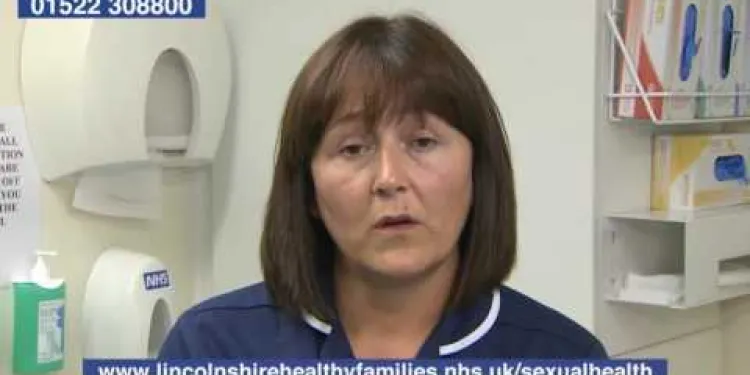
The symptoms of gonorrhoea
Relevance: 35%
-

What are the symptoms of norovirus?
Relevance: 33%
-

Are there symptoms of an HPV infection?
Relevance: 33%
-
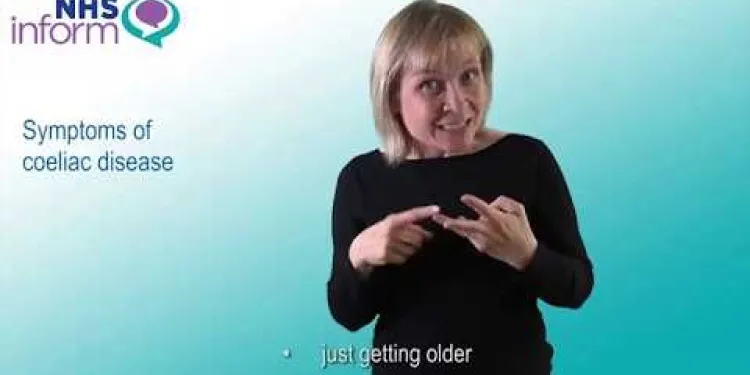
Symptoms of coeliac disease
Relevance: 33%
-

What are the symptoms of chickenpox?
Relevance: 33%
-
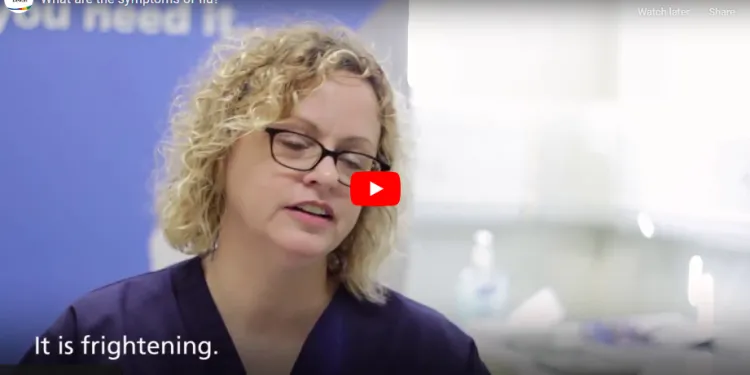
What are the symptoms of flu ?
Relevance: 33%
-

What are the symptoms of sunburn?
Relevance: 33%
-
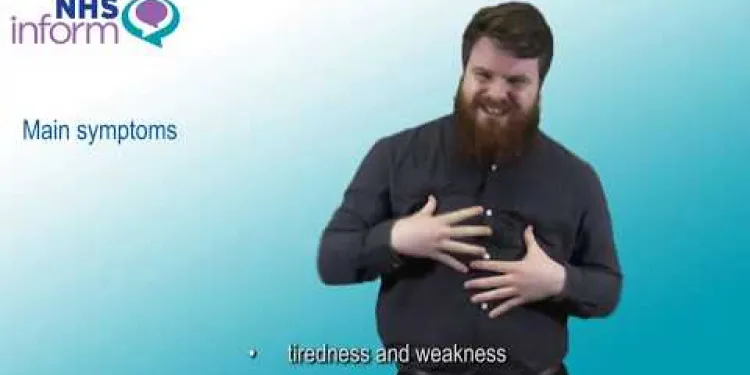
Symptoms of flu (influenza)
Relevance: 32%
-

What are the symptoms of shingles?
Relevance: 32%
-

Is headache a symptom of a concussion?
Relevance: 32%
-

Dyspraxia Symptoms & Signs
Relevance: 31%
Measles Symptoms
Measles is a highly contagious viral infection that presents with a series of distinct symptoms, typically following an incubation period of around 10 to 14 days. Understanding these symptoms is crucial for early detection and prevention of the spread, especially in populations where vaccination coverage might be inconsistent. Below are detailed subsections for the various symptoms associated with measles.Initial Symptoms
In its early stages, measles mimics the common cold, making initial detection somewhat tricky. The symptoms typically start with a high fever, often greater than 38°C, lasting several days. Accompanying the fever, individuals may experience a cough, runny nose, and red, watery eyes, a condition medically termed conjunctivitis. These symptoms collectively set the stage for more definitive signs of measles infection.Distinctive Rash
One of the hallmark features of measles is a widespread skin rash that appears 3 to 5 days after the initial symptoms. The rash usually starts on the face, particularly at the hairline, and behind the ears, before spreading downwards to the rest of the body. Characterized by flat red spots, some of which may be slightly raised, this rash can temper the confirmation of a measles infection. Infections can lead to spots that join together as they spread, and the rash gradually fades after several days.Koplik Spots
Another symptom unique to measles is the appearance of small white spots, known as Koplik spots, inside the mouth, a few days before the skin rash appears. These pinpoint spots typically manifest on the inner linings of the cheeks, looking like tiny grains of white sand with a slight reddish background. Although not visible in all cases, their presence is a classic indicator.Progression and Complications
While many symptoms clear up within a week or two, and the patient begins to recover, complications can occur, especially in populations with lower immunity, such as young children and the elderly. Severe complications can include ear infections, diarrhoea, and in more serious cases, pneumonia, encephalitis, or even subacute sclerosing panencephalitis (SSPE), a rare, fatal disease of the central nervous system that occurs years after a measles infection.Conclusion
Measles can be effectively controlled through vaccination, which is critical in preventing the spread of this infectious disease. Being aware of the symptoms assists in swift diagnosis and management, reducing the likelihood of outbreaks. Ensuring high vaccination coverage remains a public health priority in the UK to mitigate measles resurgence.Measles Symptoms
Measles is a sickness you can catch easily. It is caused by a virus. It makes people feel sick in certain ways. Knowing what these signs are can help stop it from spreading. This is important in places where not everyone gets vaccinated. Here are the signs of measles:Initial Symptoms
At the start, measles looks like a simple cold. This makes it hard to know if it is measles right away. The first signs are a high fever, which is about 38°C or more. This fever lasts for several days. Other signs include a cough, runny nose, and eyes that are red and watery. This is called conjunctivitis. These signs show up before the more visible measles symptoms.Distinctive Rash
A big sign of measles is a special skin rash. It shows up 3 to 5 days after the first symptoms. The rash starts on the face, especially by the hair and ears, and then spreads to the rest of the body. It looks like flat red spots that can join together. The rash helps doctors know if it is measles. After a few days, the rash starts to go away.Koplik Spots
Another sign of measles is small white spots in the mouth. These are called Koplik spots. They can be seen a few days before the rash. They look like tiny white dots inside the cheeks, like little grains of sand. You might not always see them, but when you do, it's a clear sign of measles.Progression and Complications
Most symptoms go away in one or two weeks, and people start to feel better. But sometimes, serious problems can happen, especially for small children and older people. These problems include ear infections, diarrhea, and sometimes more dangerous diseases like pneumonia or brain infections. These can happen if your body's defenses are low.Conclusion
Measles can be stopped with vaccines. It is important to get vaccinated to stop the disease from spreading. Knowing the signs of measles helps us catch and treat it quickly, preventing more people from getting sick. Getting vaccinated is very important in the UK to stop measles from coming back.Frequently Asked Questions
What are the common symptoms of measles?
Common symptoms of measles include high fever, cough, runny nose, and red, watery eyes.
How does the measles rash appear?
The measles rash typically starts on the face and spreads to the rest of the body. It consists of small red spots, some of which are slightly raised.
Are there any oral symptoms associated with measles?
Yes, small white spots known as Koplik's spots can appear inside the mouth before the rash emerges.
How long do measles symptoms usually last?
Measles symptoms typically last about 7 to 10 days.
Can measles cause complications?
Yes, complications can include ear infections, pneumonia, diarrhoea, and encephalitis, especially in young children and adults.
Is a high fever a common measles symptom?
Yes, high fever is one of the first symptoms of measles and it can last several days.
What are Koplik's spots?
Koplik's spots are small white spots that can appear inside the mouth during the early stages of measles.
How soon after exposure do measles symptoms appear?
Symptoms usually appear about 10 to 14 days after exposure to the virus.
Can adults get measles?
Yes, although it's more common in children, adults can also contract measles if they have not been vaccinated or previously exposed.
What is the first symptom of measles?
The first symptom is usually a high fever, often accompanied by a runny nose, cough, and red eyes.
Are measles symptoms contagious?
Measles itself is highly contagious, especially from about four days before the rash appears to four days afterward.
Can someone have measles without showing symptoms?
It's rare, but some individuals may have very mild cases without noticeable symptoms; however, they can still spread the virus.
What should you do if you suspect someone has measles?
Contact your GP immediately for advice. Avoid visiting the surgery to prevent spreading the infection.
How effective is the MMR vaccine in preventing measles symptoms?
The MMR vaccine is highly effective, with two doses providing about 97% protection against measles.
Can measles be diagnosed by symptoms alone?
While symptoms can strongly indicate measles, a laboratory test is usually conducted to confirm the diagnosis.
What are the signs of measles?
Measles is an illness that makes you feel sick. Here are some signs you might have it:
- You might get a fever. This means your body feels very hot.
- You could have a runny nose. This means your nose drips, like when you have a cold.
- Your throat might hurt. This is called a sore throat.
- You might start coughing. This is when you make a loud noise from your mouth.
- You can get spots on your skin. These spots are red and look like a rash.
If you have these signs, ask an adult for help. They can take you to a doctor. The doctor can help you feel better.
Measles can make you feel really sick. Here are some things that might happen:
- You can get a high fever. This means your body feels really hot.
- You might start coughing a lot.
- Your nose could get runny, like when you have a cold.
- Your eyes might turn red and get watery.
If you think you have measles, it's a good idea to tell a grown-up and see a doctor. Reading with someone who can explain tricky words can help you understand better.
Some people find it helpful to use audiobooks or apps that read text out loud.
What does the measles rash look like?
When you have measles, a rash can appear. This rash usually starts on your face. It then spreads to the rest of your body. The rash is made of small, red spots. Some of these spots might feel a little bit bumpy.
What mouth signs happen with measles?
If you have measles, you might get white spots in your mouth. These are called Koplik's spots. You might also have a sore throat. To help, you can drink warm drinks. You can also ask an adult to take you to a doctor.
Yes, you might see tiny white spots called Koplik's spots inside the mouth before you get a rash.
How long does measles make you feel sick?
Measles makes people sick. It can last about 1 to 2 weeks.
Ask a doctor for help if you feel sick. They can tell you what to do to feel better.
You can also use a calendar to mark the days you feel sick. This can help you see when you start to feel better.
Measles symptoms go away in about 7 to 10 days.
Can measles cause problems?
Yes, measles can sometimes cause other health problems.
Here are some ways to help:
- Make sure you get vaccines to protect against measles.
- See a doctor if you feel sick, especially if you have a rash and fever.
- Ask your family or a health worker if you need more information.
Yes, sometimes people can get other illnesses. These include ear infections, lung infections, tummy bugs, and brain swelling. This can happen to young children and adults.
Do you get a high fever with measles?
Yes, if you have measles, you can get a high fever. This is one of the first signs and it can last for a few days.
What Are Koplik's Spots?
Koplik's spots are tiny, white spots in the mouth. They show up when someone has measles. If you think you have them, tell an adult or see a doctor.
Here are some things you can use to help:
- Pictures: Look at pictures of Koplik's spots to help understand what they look like.
- Talk to someone: Ask a doctor or nurse if you have questions.
- Videos: Watch videos about measles and Koplik's spots to learn more.
Koplik's spots are small white spots. They can show up inside your mouth when you first get measles.
When do signs of measles show up?
Signs of being sick usually show up 10 to 14 days after you catch the virus.
Can grown-ups get measles?
Yes, grown-ups can get measles. Measles is a sickness caused by a virus. It can make you feel very sick. Babies, kids, and adults can all catch it.
Here are some tools and tips that might help you understand:
- Use pictures to help explain what measles is.
- Watch a short video about how people can get measles.
- Listen to someone read the information out loud.
Yes, adults can get measles too. It happens if they have not had the vaccine or been around measles before. Kids get measles more often, but adults can get it as well.
What is the first sign of measles?
Measles can make people very sick. The first sign of measles is often a fever. A fever means your body is hotter than normal. It is important to talk to a doctor if you think someone has measles.
You can use tools like picture cards to help understand and talk about measles. Ask for help if you need it.
The first sign of being sick is often a high fever. This means your body feels very hot. You might also have a runny nose, which means your nose is dripping snot. Sometimes people also have a cough, which means your throat feels sore and you have to make a loud noise. Your eyes might get red, too.
If reading is hard, try reading out loud. You can also use your finger to follow the words. You can take breaks if it's too much at once.
Can you catch measles from someone who is sick?
Measles is very easy to catch. You can catch it from other people. This happens from four days before you see spots on the skin to four days after.
If you have trouble reading, you can ask someone to help you. There are also apps that can read text out loud for you, like a computer voice.
Can you have measles without feeling sick?
Sometimes people can have measles without any signs. But it does not happen often. Most people who get measles feel sick and get a rash.
If you think you might have measles, talk to a doctor. They will help you understand what to do next.
Using pictures or talking to someone can help if you are worried about measles.
It does not happen often, but sometimes people can have the virus without feeling sick. They might not have any signs of being ill, but they can still give the virus to others.
What to do if you think someone has measles?
If you think someone has measles, follow these steps:
- Tell a doctor or nurse. They can help the person feel better.
- Keep the person away from others to stop spreading the measles.
- Make sure the person rests and drinks water.
- Give them medicine if the doctor says it's okay.
For extra help, you can:
- Use pictures or stories to understand what to do better.
- Ask a friend or family member to help you.
Call your doctor right away for help. Do not go to the doctor’s office, so you don’t spread germs.
How well does the MMR shot stop measles symptoms?
The MMR shot helps protect against measles. It is very good at stopping symptoms like fever or a rash. Most people who get the shot do not get measles. It is important to get the shot to stay healthy.
Here are some tips to help understand:
- Read slowly, one sentence at a time.
- Ask someone to read with you.
- Use pictures or videos to learn more.
- Ask your doctor if you have questions.
The MMR shot works very well. If you get two shots, you are 97% safe from measles.
Can doctors tell if someone has measles just by looking at symptoms?
Measles is a sickness that can cause a fever, cough, runny nose, and a rash. Sometimes doctors can guess if it is measles by looking at these signs. But to be sure, they do a special test. This test checks a sample, like blood, to see if it is really measles.
Here are some ways to better understand this:
- Look at pictures of measles rashes to see what they look like.
- Ask a grown-up to explain each symptom in simple words.
- If you don’t understand something, it’s okay to ask questions.
Doctors can tell if someone has measles from the symptoms. But they also do a special lab test to be sure.
Useful Links
- Ergsy carfully checks the information in the videos we provide here.
- Videos shown by Youtube after a video has completed, have NOT been reviewed by ERGSY.
- To view, click the arrow in centre of video.
- Most of the videos you find here will have subtitles and/or closed captions available.
- You may need to turn these on, and choose your preferred language.
- Go to the video you'd like to watch.
- If closed captions (CC) are available, settings will be visible on the bottom right of the video player.
- To turn on Captions, click settings .
- To turn off Captions, click settings again.
More Items From Ergsy search
-

What are the symptoms of measles?
Relevance: 100%
-

What are the symptoms of measles?
Relevance: 100%
-

Measles
Relevance: 82%
-

Is there a treatment for measles?
Relevance: 78%
-

What is measles?
Relevance: 78%
-

Is there a treatment for measles?
Relevance: 78%
-

Is Rubella the same as measles?
Relevance: 75%
-

Can adults get measles?
Relevance: 72%
-

Can measles be serious?
Relevance: 71%
-

Are measles outbreaks common in the UK?
Relevance: 71%
-

How is measles transmitted?
Relevance: 70%
-

What should I do if I suspect I have measles?
Relevance: 70%
-

How is measles transmitted?
Relevance: 69%
-

Are measles more common outside of the UK?
Relevance: 68%
-

How can measles be prevented?
Relevance: 68%
-

Why is measles less common in the UK?
Relevance: 67%
-

What should you do during a measles outbreak?
Relevance: 67%
-

Can measles cause complications?
Relevance: 66%
-

How long is a person with measles contagious?
Relevance: 66%
-

Why are measles outbreaks still occurring?
Relevance: 65%
-

What is the current measles vaccination coverage in the UK?
Relevance: 64%
-

Which countries have higher rates of measles?
Relevance: 64%
-

Is it necessary to get a measles vaccine before travelling?
Relevance: 63%
-

What should you do if you suspect you have measles?
Relevance: 63%
-

Can you get measles more than once?
Relevance: 62%
-

Can the measles vaccine be given to adults?
Relevance: 62%
-

How does vaccination affect measles rates?
Relevance: 61%
-

What are the symptoms of Rubella?
Relevance: 45%
-

What is Rubella?
Relevance: 35%
-

The symptoms of gonorrhoea
Relevance: 35%
-

What are the symptoms of norovirus?
Relevance: 33%
-

Are there symptoms of an HPV infection?
Relevance: 33%
-

Symptoms of coeliac disease
Relevance: 33%
-

What are the symptoms of chickenpox?
Relevance: 33%
-

What are the symptoms of flu ?
Relevance: 33%
-

What are the symptoms of sunburn?
Relevance: 33%
-

Symptoms of flu (influenza)
Relevance: 32%
-

What are the symptoms of shingles?
Relevance: 32%
-

Is headache a symptom of a concussion?
Relevance: 32%
-

Dyspraxia Symptoms & Signs
Relevance: 31%


